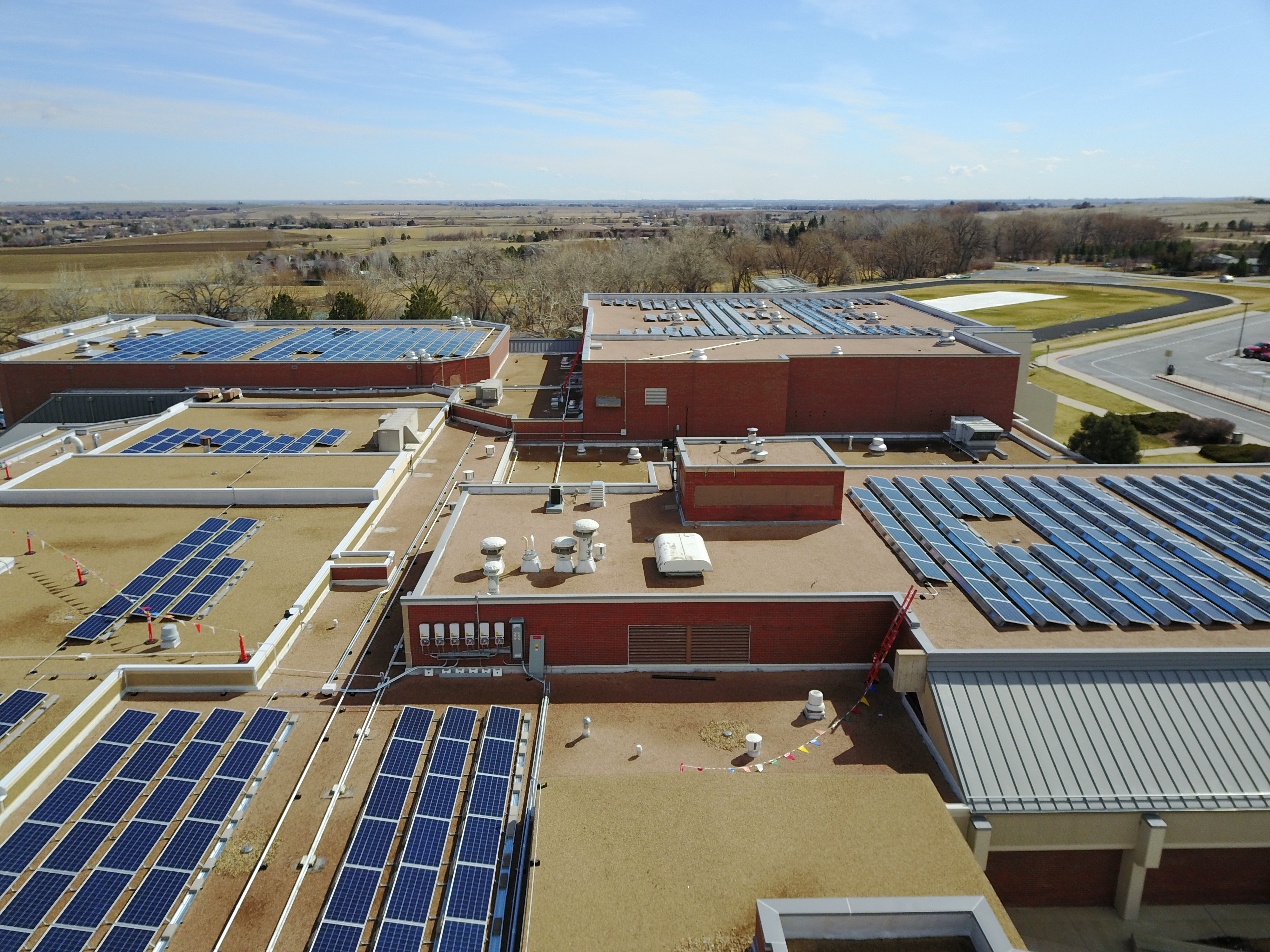Scope 1, 2, & 3 Emissions Explained: How You Can Reduce Your Emissions With Solar
March 25, 2022

Whether you’re looking to make your business greener or help your company meet its Environmental, Social, and Governance (ESG) goals, reducing emissions is an important part of the environmental responsibility equation.
Reducing the carbon footprint of your operations may seem like a daunting, complicated task, but it can be made simple with the help of an experienced partner like Pivot Energy and some key background information to help inform your decisions.
What are Emissions Anyway?
In common parlance, the term emissions generally refers to greenhouse gas emissions, the most well-known of which are carbon dioxide (CO2), methane (CH4), and nitrous oxide (N2O). What these gasses share in common is their ability to trap heat in the atmosphere (creating a “greenhouse effect”), which contributes to climate change.
2019 data from the US Environmental Protection Agency (EPA) shows transportation, electricity, and industry as the top emitters of carbon dioxide. It’s likely your business falls in or interacts with at least one of these categories. This means that your efforts to reduce emissions can contribute directly to addressing some of the major contributors to climate change.
Where to Start: Scope 1, 2, & 3 Emissions Explained
When deciding where to focus your emission reduction efforts, it is important to reference the three emissions scopes which have been set out in the Greenhouse Gas Protocol. This set of guidelines was created by the World Resources Institute (WRI) and the World Business Council for Sustainable Development (WBCSD) to help businesses track and manage their emissions using a standardized framework. If your company has established ESG goals, works with government contracts, or is particularly environmentally-minded, you have probably run into these before while engaging in a process called “carbon accounting.”
Scope 1 Emissions
Scope 1 encompasses your company’s direct emissions. This can include emissions from the vehicles your company owns and uses to make deliveries, emissions from running refrigeration units at your warehouse, and of course the emissions from the manufacturing of your products or services, like producing steel or laying concrete.
Scope 2 Emissions
Scope 2 emissions encompass those produced from the power you purchase, typically from your local utility. Every time you flick on a light switch, plug in machinery, or dial up the thermostat, you pay your utility for power. Now, if your utility sources 100% renewable energy, that’s fantastic news! Unfortunately, that is not standard today and your utility likely has a lot of room for improvement in its power mix. Even in states like California, known for its solar energy production, or Iowa, known for its wind energy production, most utilities still use a significant amount of carbon-emitting fossil fuels to supply electricity to the grid.
So what’s an environmentally-minded business to do? You have a few options! Installing solar panels at your facility is one great way to directly produce clean energy, helping to do your part in reducing emissions. By installing solar panels on your facility, you create the opportunity to provide clean power directly to your own building as well as delivering clean power to the grid. In some states, you can sell the solar power you produce to your local utility and even earn a special type of credit, often called an SREC, that represents the “clean” component of the energy you have produced. Thus, even if you decide to sell the power you produce to another entity rather than using it to power your own facility, you may be able to factor that clean power production into your company’s carbon accounting.
You can also work with a solar developer like Pivot Energy to sign a solar power purchase agreement (PPA) or virtual solar power purchase agreement (VPPA), where you contract for a set amount of emissions-free solar energy production. This is a simple way to improve your carbon footprint while avoiding any logistical hurdles which may be associated with installing solar directly on your facility. Subscribing to a community solar project can also be a good route to consider. Pivot Energy has community solar projects around the country, and subscribing to one of them may be a good fit for your company.
Scope 3 Emissions
The emissions encompassed under scope 3 are those least in the control of your business: indirect emissions both upstream and downstream of your operations. On the upstream side, this includes everything from emissions released when employees commute into the office to the raw materials that go into your supply chain. On the downstream side, the primary focus of this area is what happens with your products after they are delivered to your customer. Does the customer reuse or recycle the packaging material your products were shipped in? Are the bicycles you sell being used as an alternative transportation method instead of driving a car? Scope 3 emissions considerations are very expansive.
Reducing Your Emissions With Solar
As you work to reduce your company’s carbon footprint, it’s advantageous to partner with companies that have a wealth of experience and a solid understanding of your goals. Pivot Energy has a long track record of helping businesses make the switch to clean energy and our own set of stringent ESG goals—so we understand what’s important and what will make an impact.
Contact Pivot Energy today to get started.

.jpg?width=123&name=Angie%20Agrivoltaics%20Award%20(HQ).jpg)


.jpg?width=400&name=Angie%20Agrivoltaics%20Award%20(HQ).jpg)
